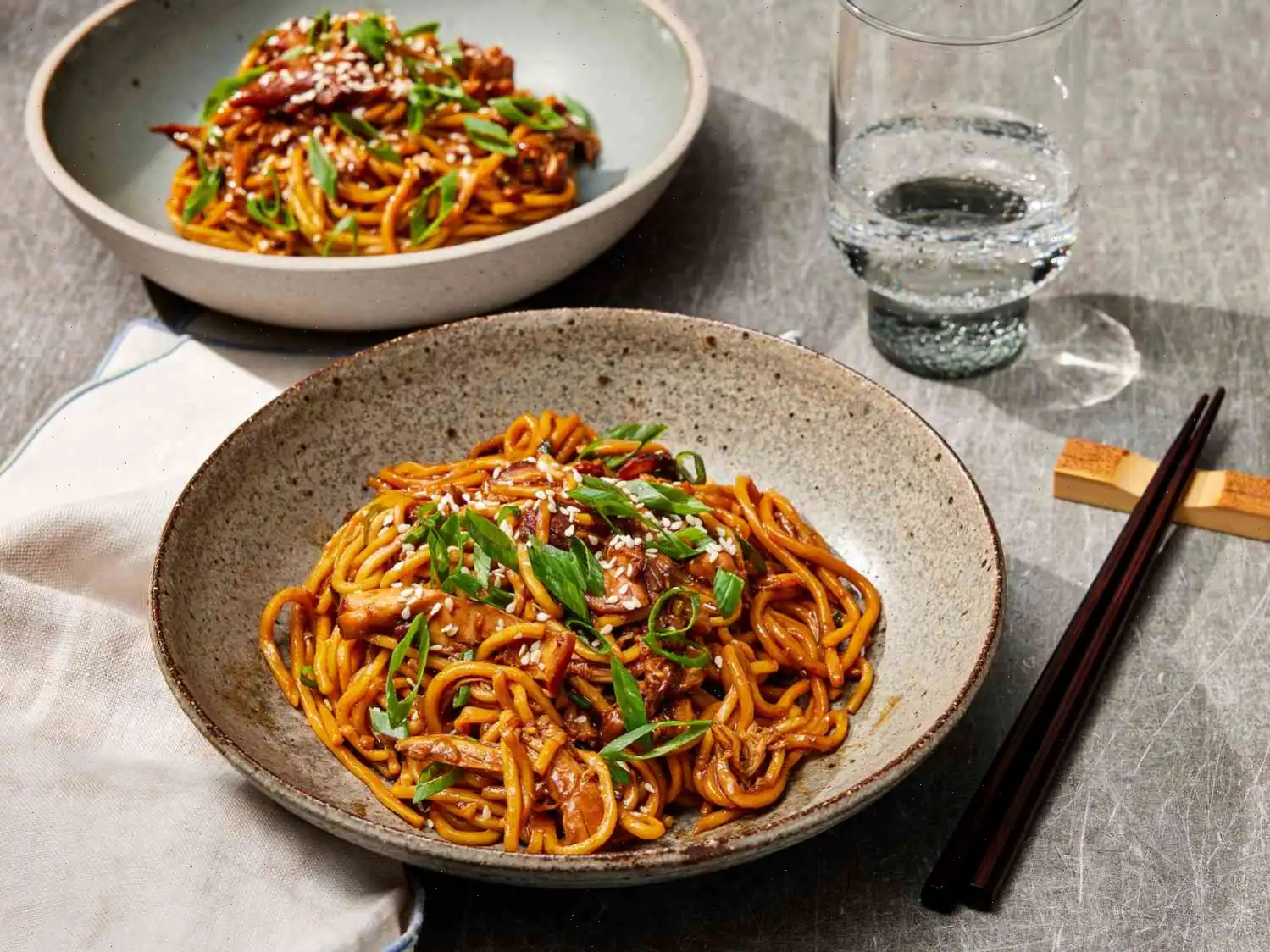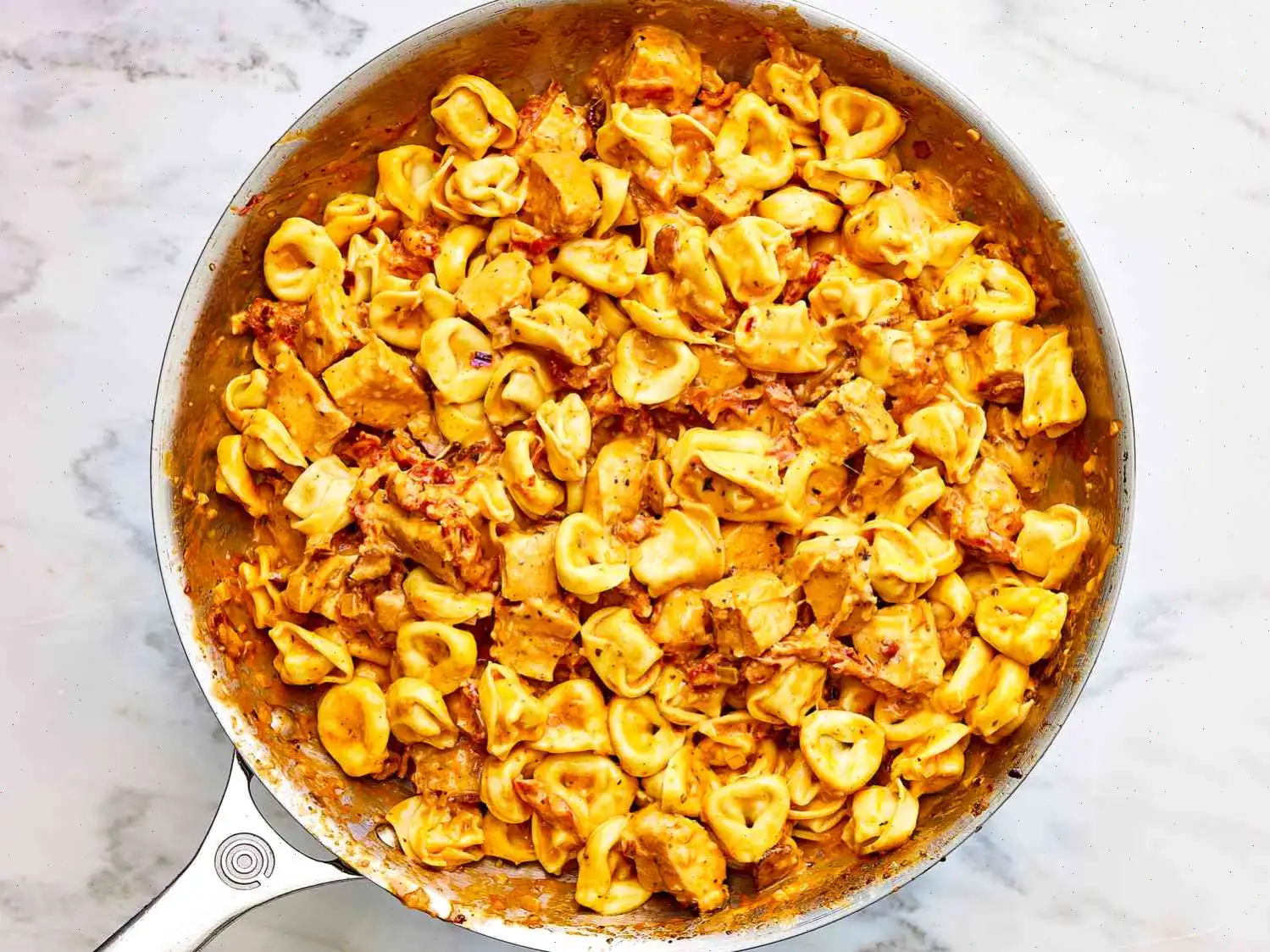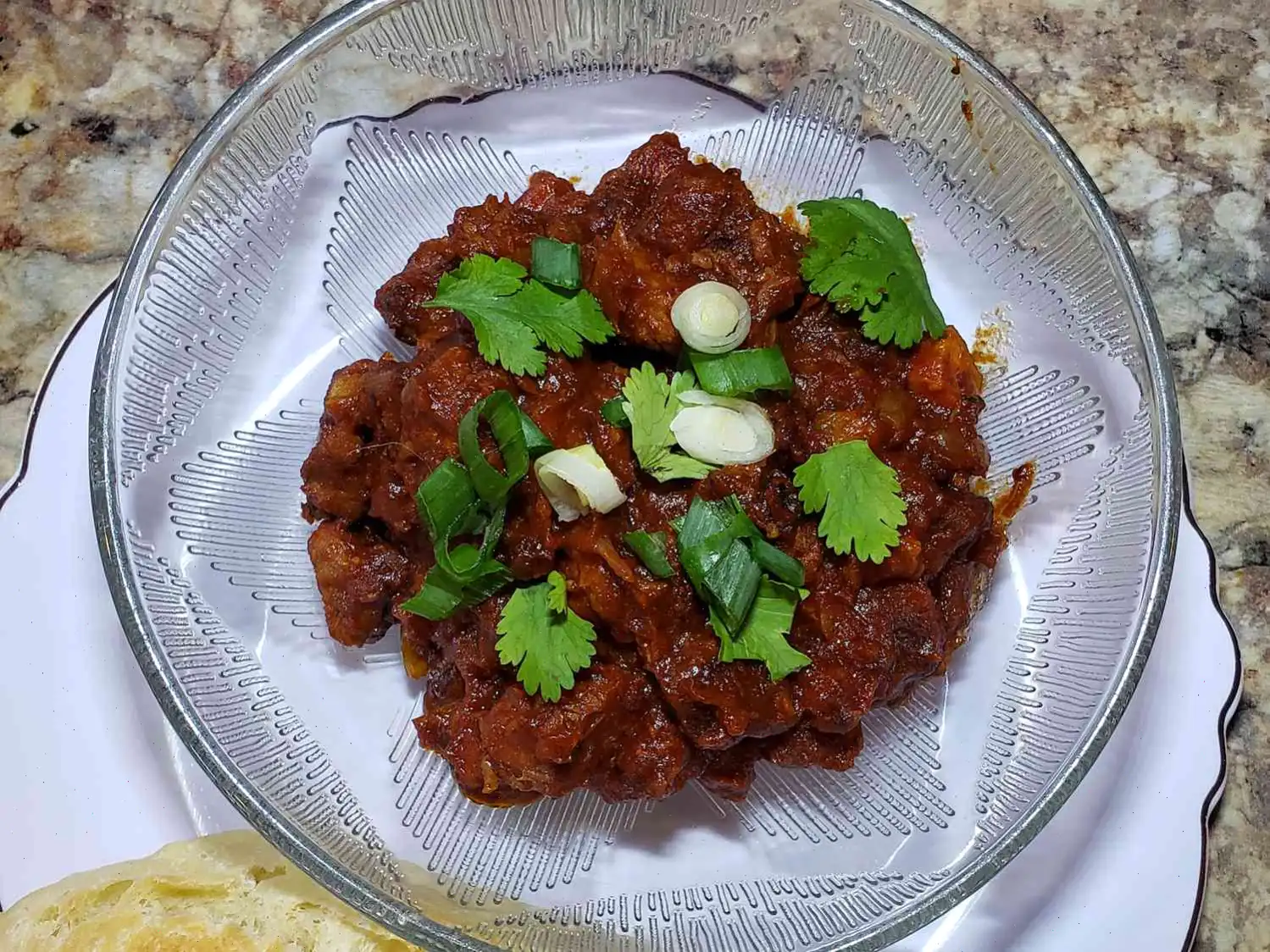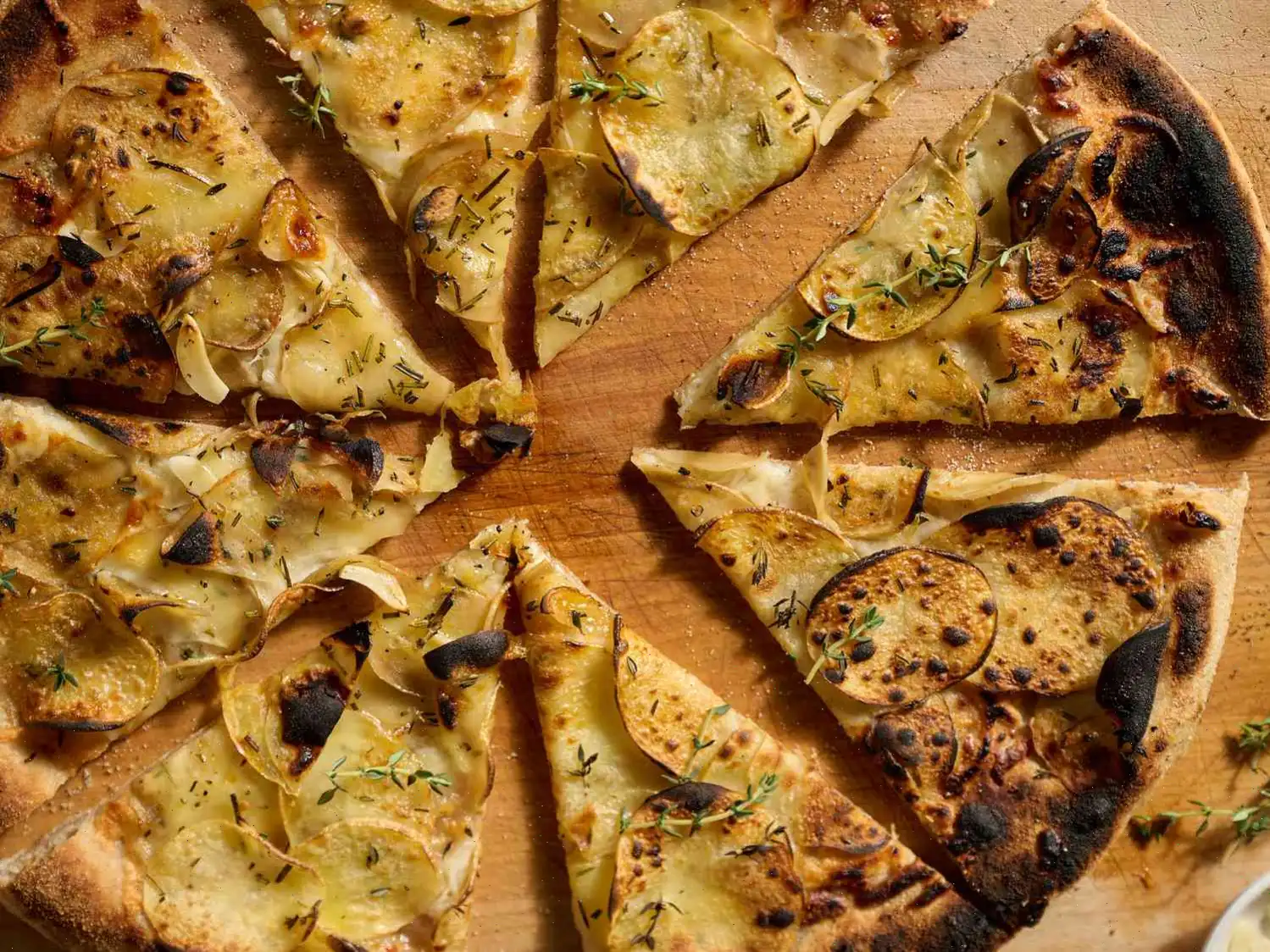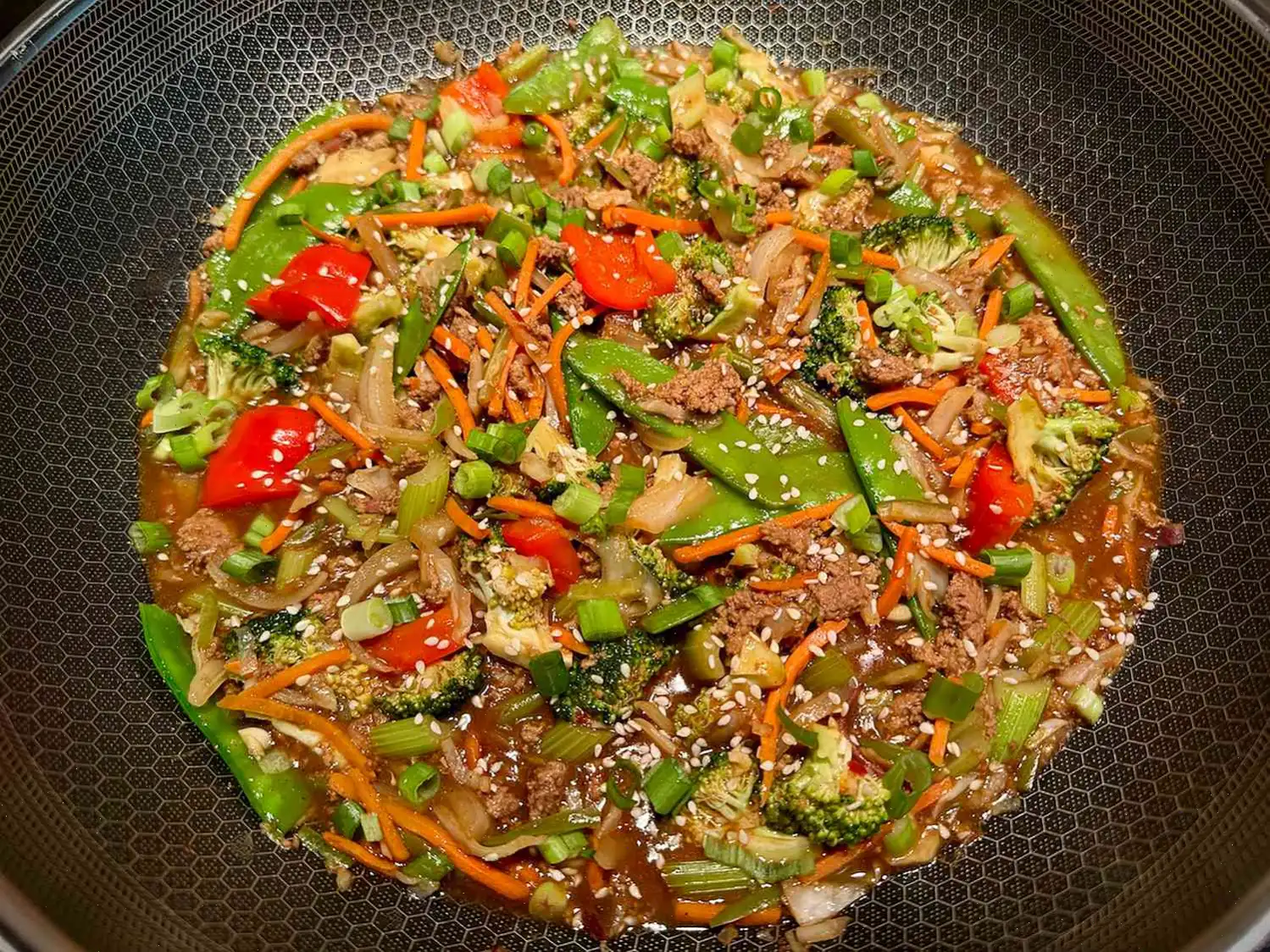
Pistachio Stuffed Pork Tenderloin Recipe
Pistachio-Crusted Pork Tenderloin with Pan Sauce
Ingredients
This recipe yields 2 servings, and all ingredient amounts are adjusted accordingly. Cooking times and steps remain the same regardless of scale.
Pork Tenderloin:
- 1 (1 1/4 pound) pork tenderloin, trimmed
- 1/2 cup roasted salted pistachios
- 3 tablespoons Dijon mustard
- 1 rounded tablespoon minced garlic (or to taste)
- 2 teaspoons maple syrup
- 1/2 teaspoon kosher salt
- 1/2 teaspoon freshly ground black pepper
- 1 pinch cayenne pepper
- 2 tablespoons panko breadcrumbs
- 1 tablespoon vegetable oil
Pan Sauce:
- 2 tablespoons seasoned rice vinegar
- 1/2 cup chicken broth
- 1 tablespoon cold unsalted butter
- 1 pinch salt (or to taste)
- Chopped fresh chives for garnish (optional)
Directions
1. Begin by placing the pork tenderloin on a cutting board. Trim off any tough membrane or silver skin. Butterfly the pork by making a lengthwise cut down the center, stopping about 75% of the way through to avoid cutting all the way through, as that would separate the meat into two pieces.
2. Lay the butterflied pork on a piece of plastic wrap and cover it with another piece. Use a meat pounder to gently pound the pork to a thickness of about 3/16-inch. Cover and refrigerate the pork until needed.
3. Coarsely chop the pistachios and set them aside. In a small bowl, mix together the Dijon mustard, minced garlic, maple syrup, kosher salt, black pepper, and cayenne until well combined.
4. Preheat your oven to 425F (220C). Remove the pork from the refrigerator, placing it on a cutting board with one long side facing you. The shape of the pork may be uneven, so trim a small piece from the pointed end and place it over the gap at the wider end. Cover with plastic wrap and pound the pork to even out the shape, making it easier to fill and roll evenly.
5. Spread the mustard mixture over the pork, leaving a small section uncovered at the edge farthest from you. Sprinkle panko breadcrumbs evenly over the mustard, followed by the chopped pistachios.
6. Carefully roll the pork up, starting from the end closest to you, and finish with the seam side down. Use kitchen string to tie the pork every inch or so, trimming off any excess string.
7. Heat vegetable oil in an oven-safe skillet over medium-high heat. Once hot, add the tied tenderloin and brown the pork on all sides, turning often, about 4 minutes in total.
8. Transfer the skillet to the preheated oven and roast the pork until an instant-read thermometer inserted near the center reads 140F (60C), about 16 to 20 minutes. Remove the skillet from the oven, transfer the pork to a plate, and loosely cover with foil. Let the pork rest for 10 minutes.
9. While the pork is resting, make the pan sauce. Return the skillet to the stove over high heat. Add rice vinegar and chicken broth, bringing the mixture to a boil while scraping the bottom and sides of the skillet to dissolve any caramelized bits.
10. Once about 75% of the liquid has evaporated and the sauce has slightly thickened, turn off the heat and stir in the cold butter. Shake the pan or stir with a spoon to emulsify the butter into the sauce, making it glossy. Season with a pinch of salt to taste and keep the sauce warm.
11. Remove the string from the pork, then slice it into 1-inch thick pieces. Pour the pan sauce over the pork slices and garnish with fresh chives, if desired. Serve and enjoy!
Nutrition Facts (per serving)
| Calories | 420 |
| Total Fat | 30g (38% DV) |
| Saturated Fat | 7g (33% DV) |
| Cholesterol | 48mg (16% DV) |
| Sodium | 1427mg (62% DV) |
| Total Carbohydrate | 21g (8% DV) |
| Dietary Fiber | 5g (17% DV) |
| Total Sugars | 7g |
| Protein | 20g (40% DV) |
| Vitamin C | 2mg (3% DV) |
| Calcium | 85mg (7% DV) |
| Iron | 3mg (15% DV) |
| Potassium | 589mg (13% DV) |
The Story Behind Pistachio Stuffed Pork Tenderloin
The pistachio stuffed pork tenderloin is a modern twist on classic stuffed meats, combining the richness of pork with the delicate, nutty flavor of pistachios. The origins of stuffing meats date back centuries in European cuisine, particularly in France and Italy, where chefs experimented with nuts, herbs, and spices to elevate simple cuts of meat. In the United States, this combination gained popularity in the late 20th century as home cooks and professional chefs sought unique flavors for dinner parties and holiday meals.
Regional Variations
While this dish is now commonly associated with contemporary American cuisine, regional adaptations exist. In the Mediterranean, pistachios are often paired with pork or lamb, and the filling may include herbs like rosemary or thyme. Southern American versions sometimes incorporate maple syrup or honey, adding a touch of sweetness to complement the savory pork. In some European versions, breadcrumbs are replaced with local cheeses or cured meats, giving the tenderloin a distinct regional character.
How It Differs from Similar Dishes
Unlike other stuffed pork dishes, such as apple-stuffed pork or herb-filled roulades, the pistachio version emphasizes a nut-forward flavor with a crunchy texture. The use of Dijon mustard and a subtle maple syrup glaze sets it apart from simpler stuffed roasts, creating a balance between tangy, sweet, and savory notes. Unlike traditional nut-stuffed poultry, the pistachio tenderloin does not rely heavily on herbs alone but integrates a layered flavor profile with the pan sauce adding depth.
Where Its Typically Served
Pistachio stuffed pork tenderloin is often reserved for special occasions. It is a centerpiece at holiday dinners, celebratory meals, or dinner parties where presentation matters. Restaurants may serve it as an entre accompanied by seasonal vegetables and a light starch, while home cooks often present it sliced, revealing the attractive pistachio filling for a visually stunning plate. The dish pairs exceptionally well with a mild white wine or a lightly oaked Chardonnay.
Interesting Facts
- Pistachios are one of the oldest nuts known to humanity, cultivated for over 9,000 years in the Middle East.
- The combination of nuts and pork is celebrated for balancing textures: the tender meat contrasts with the crunch of the pistachios.
- Butterflying the tenderloin before stuffing is a technique that allows even cooking and ensures the filling stays intact.
- The pan sauce made from rice wine vinegar, chicken broth, and butter is a nod to French culinary techniques, creating a glossy finish without overpowering the nutty flavors.
- This dish is not only flavorful but visually striking, making it popular in food photography and cooking competitions.
You can listen to this recipe in AI audio format. Simply click the play button below to listen to the content in a format that suits you best. It’s a great way to absorb information on the go!
FAQ about Pistachio Stuffed Pork Tenderloin Recipe
Comments
Jeffrey Adams
08/30/2024 03:43:54 AM
Incredible flavors! Just a tip: be careful not to overfill the tenderloin before rolling it up. I added too much filling, which made it difficult to roll perfectly. Other than that, I doubled the sauce and followed the recipe. The dish turned out absolutely delicious and looked very impressive when sliced...perfect for serving guests. A new top pick for my family. Thank you, Chef John, for another fantastic recipe!
Justin Green
11/01/2024 07:18:16 PM
I absolutely adored the fantastic flavors and completely agree that doubling the pan sauce was a brilliant move. However, I did struggle a bit with butterflying and rolling the dish. Despite that, I have no complaints as everyone thoroughly enjoyed it!



